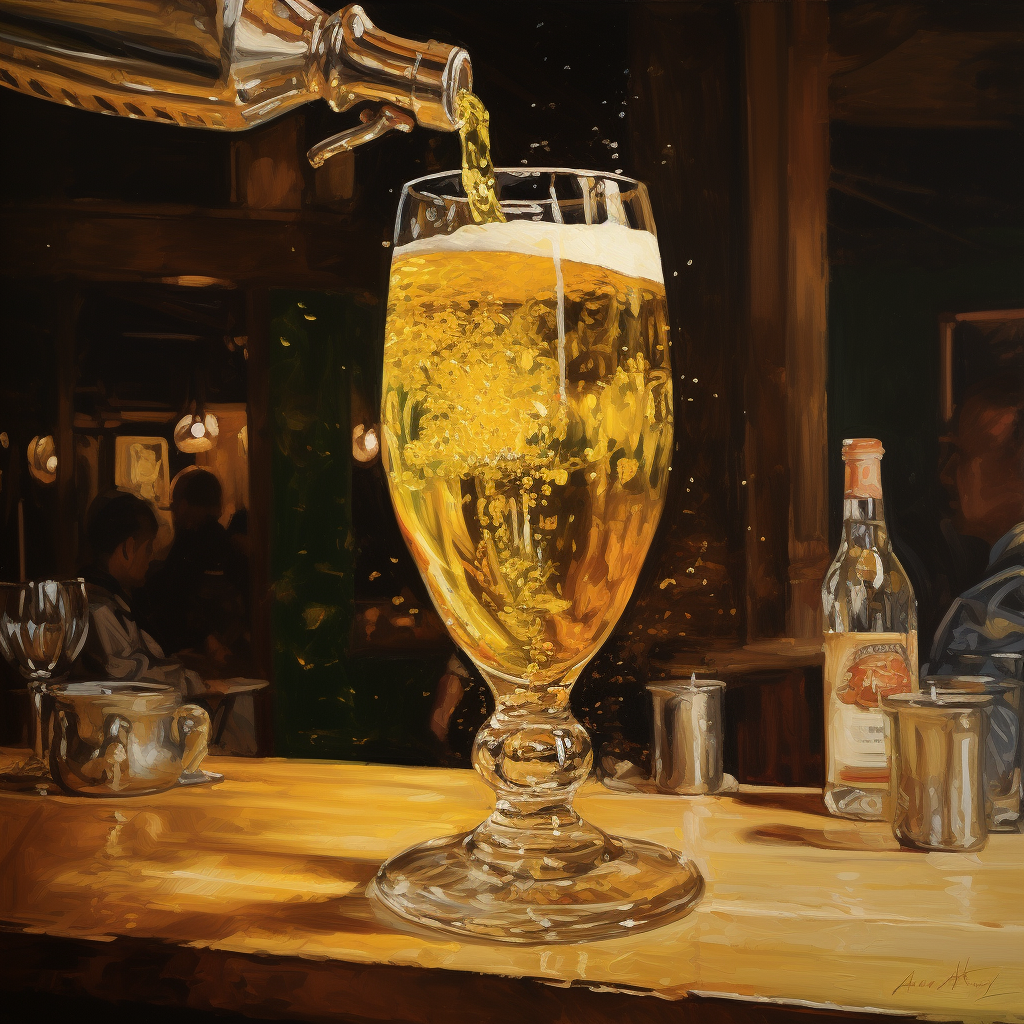Bold Twists & Consumer Perception: Non-Alcoholic Beer
Exploring Innovations in Non-Alcoholic Beers: Insights from Recent Studies
Introduction
There is no denying the exponentially growing interest in health-conscious alternatives to traditional alcoholic beverages. Two recent studies shed light on innovative approaches to brewing low-alcohol and non-alcoholic beers (NABs) that appeal to modern consumers' tastes and health preferences. These studies explore the incorporation of bioactive compounds through natural extracts and delve into consumer perceptions regarding the sensory properties and emotional responses associated with NABs.
Enhancing Low-Alcohol Beer with Olive Leaf Extract
A groundbreaking study by Cappelin et al. (2024) highlights the potential of olive leaf extract (Olea europaea L.) in enhancing the functional quality of low-alcohol beers. Recognizing beer as the most consumed alcoholic beverage worldwide, the study introduces a novel approach to brewing that not only reduces alcohol content but also enriches the beer with health-promoting bioactive compounds. By employing the cold mashing technique coupled with interrupted fermentation, researchers developed a low-alcohol American Blond Ale-style beer, incorporating varying concentrations of olive leaf extract during the maturation stage. This method resulted in a beer with significantly increased levels of total phenolics and polyphenolics, along with improved antioxidant potential, without compromising on traditional beer qualities such as bitterness and color.
The addition of olive leaf extract not only enriched the beer's content of bioactive compounds but also enhanced its antioxidant activity, as evidenced by increases in ABTS and DPPH radical scavenging activity, and ferric reduction power. These findings suggest that olive leaf extract can serve as a natural antioxidant in beverages, potentially offering health benefits to consumers. The study by Cappelin et al. (2024) opens up new avenues for the development of functional alcoholic beverages that cater to the growing demand for healthier options. The functionality of the antioxidants goes further than health benefits in NABs; stability of the beer (ie. Flavor, color and sensory properties) can be enhanced by the addition of antioxidants. Researchers also found the microbiological stability of the beer was also enhanced by this addition; a large hurtle to many craft brewers seeking to enter the NAB space.
Consumer Perceptions of Non-Alcoholic Beers
Parallel to the efforts in enhancing the nutritional profile of low-alcohol beers, Moss et al. (2021) investigated consumer perceptions of non-alcoholic beers, focusing on sensory properties, emotional responses, and social contexts of consumption. Their study revealed that despite the fact NABs are seen as a healthier alternative to alcoholic beers, consumers often perceive them as lacking in flavor and character, describing them as bland and watery. However, NABs crafted by microbreweries were associated with positive emotions and a willingness to pay a premium, indicating a preference for beers with more complex flavors and aromas.
The research underscores the importance of sensory properties in consumer acceptance of NABs. The study's findings suggest that to appeal to a broader audience, brewers need to focus on enhancing the flavor profiles of NABs, possibly by exploring innovative brewing techniques or ingredients that can mimic the sensory characteristics of alcoholic beers without the alcohol content.
Conclusion
The studies by Cappelin et al. (2024) and Moss et al. (2021) contribute valuable insights into the evolving landscape of beer production and consumption. As the demand for healthier beverage options grows, these studies underscore the potential for innovation in the brewing industry, particularly in developing low-alcohol and non-alcoholic beers that do not compromise on taste or health benefits. These studies illustrate that both factors are extremely important to the success and acceptability of a low or non- alcohol beer. By exploring the use of natural extracts and understanding consumer preferences, brewers can create more appealing and health-conscious alternatives that meet the modern consumer's needs.
References
Cappelin, E., Meneguzzi, D., Hendges, D. H., Cadorin Oldoni, T. L., Mitterer Daltoé, M. L., Dekker, R. F. H., & Alves da Cunha, M. A. (2024). Leaf extract of Olea europaea L. (olive plant) improved the functional quality parameters of a style American Blond Ale low-alcohol beer. European Journal of Biotechnology and Bioscience, https://doi.org/10.1016/j.ejbt.2024.01.002
Moss, R., Barker, S., & McSweeney, M. B. (2021). An analysis of the sensory properties, emotional responses, and social settings associated with non-alcoholic beer. Food Quality and Preference, 104456. https://doi.org/10.1016/j.foodqual.2021.104456


